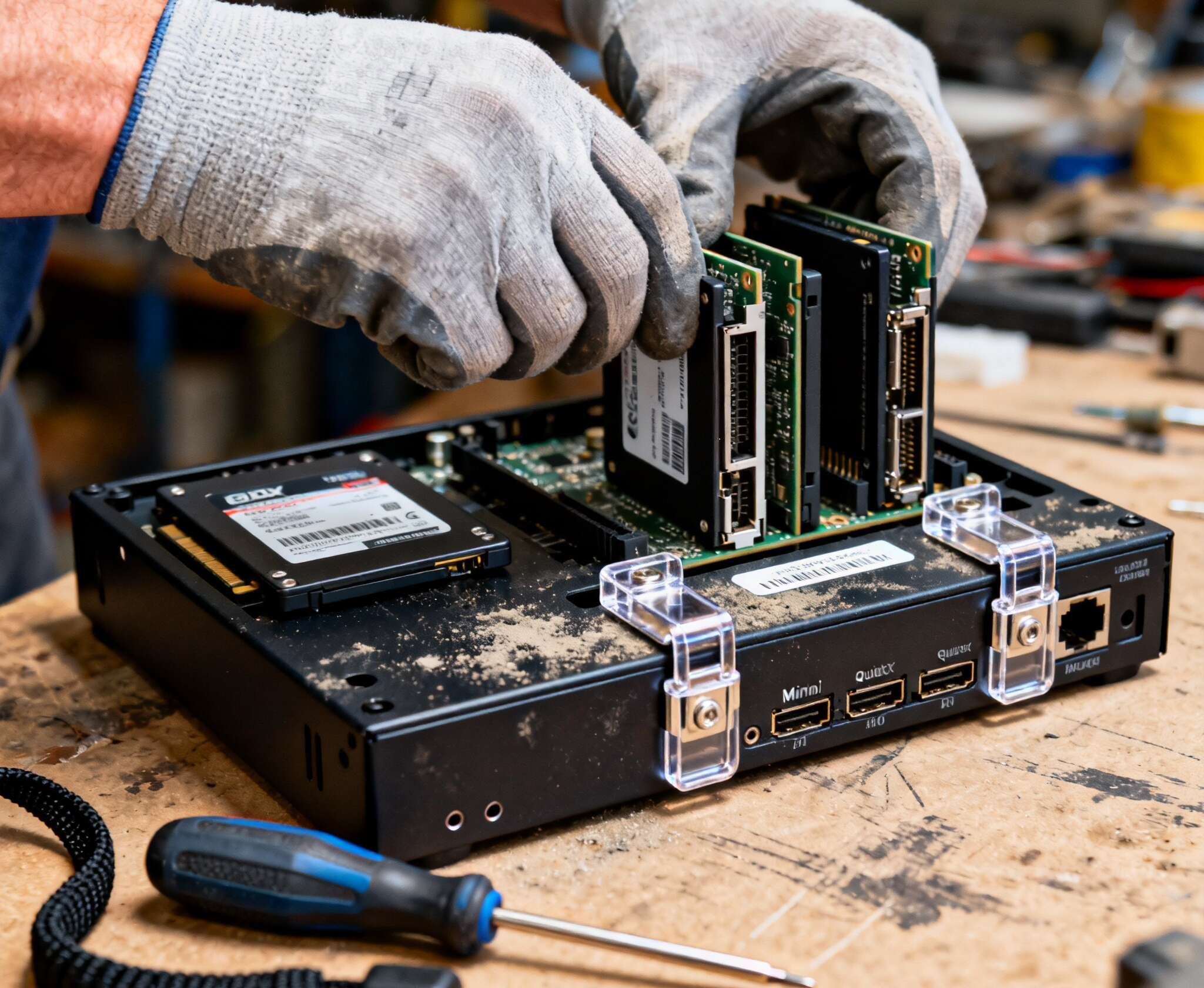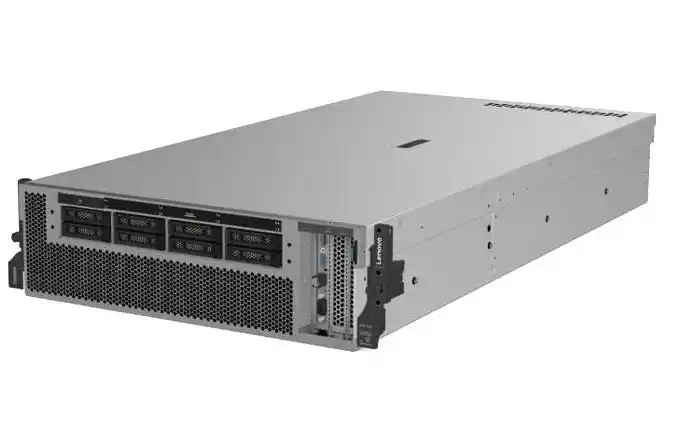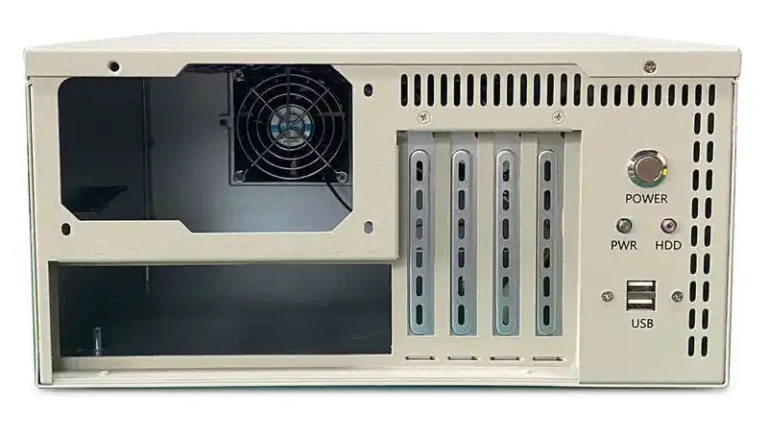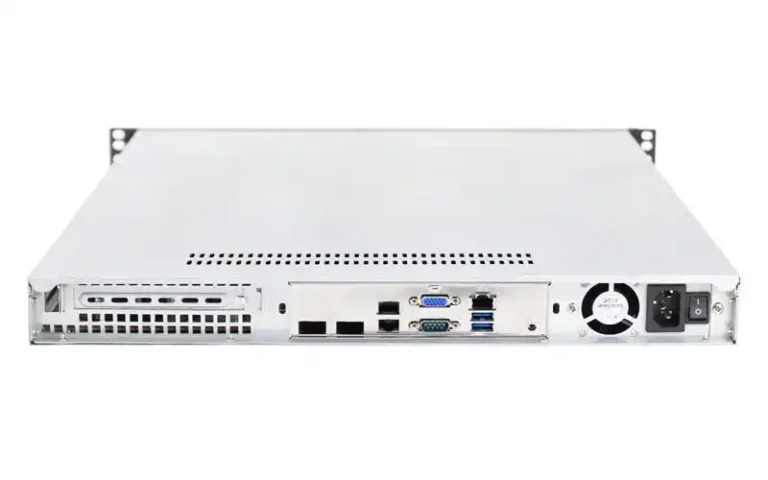You don’t always need a huge computer case server to get work done at the edge. Mini-ITX boxes can be tiny, quiet, and tough. Below is a straight-talk essay—real scenarios, concrete limits, and where IStoneCase slots in with off-the-shelf and custom SKUs.
Mini-ITX industrial case: common uses
Digital signage & kiosk systems
Mall wayfinders, museum screens, ticket kiosks—the workload is fixed, uptime matters, and space is tight behind panels. A Mini-ITX industrial chassis hides neatly in a cabinet or VESA box, pushes 4K content, and sips power. Teams like the predictable BOM, simple watchdog recovery, and front-access USB for field techs. If you need two 2.5″ drives for failover media, the Mini ITX Case S25 is a clean fit; if one drive is enough, go lighter with the Mini ITX Case S21.
IoT edge gateway / field data node
Factories and buildings ship telemetry nonstop. Gateways collect, filter, and ship upstream, sometimes with TPM for trust and ECC memory on the board. Mini-ITX works because it’s compact, has decent LAN/Wi-Fi options, and can mount inside control cabinets without a fuss. Need onboard Wi-Fi cutouts and two drives for local buffering? Look at Mini ITX Case S23 or the steel variant Mini ITX Case S24. Both play nice with common DIN/plate mounts and keep cable runs short.
NVR / local video storage (edge recording)
When cameras drop packets to the cloud, local capture saves the day. A Mini-ITX with dual 2.5″ bays takes mirrored SSDs or HDD+SSD (fast writes + long retention). The airflow path stays simple, less dust, fewer fans. For small retail or warehouse corners, it just work. Again, the Mini ITX Case S25 gives you PCIe for a capture card if needed.
Factory HMI / control panel
Operators want a silent box behind the door, not a floor-standing tower. Mini-ITX keeps EMI tidy, routes I/O to the faceplate, and survives stop-start cycles. Field engineers care about MTBF, service loops, and quick swap. The aluminum Mini ITX Case S23 helps with heat spread; the SGCC steel Mini ITX Case S24 favors rigidity.
Retail POS / self-checkout node
POS lanes need clean I/O (USB for scanners, serial for legacy, LAN for back-office), plus easy mounting. Mini-ITX fits below counters, cuts fan noise, and keeps maintenance simple. Start with the ITX Case family if you’re building multiple lanes with a shared enclosure spec.
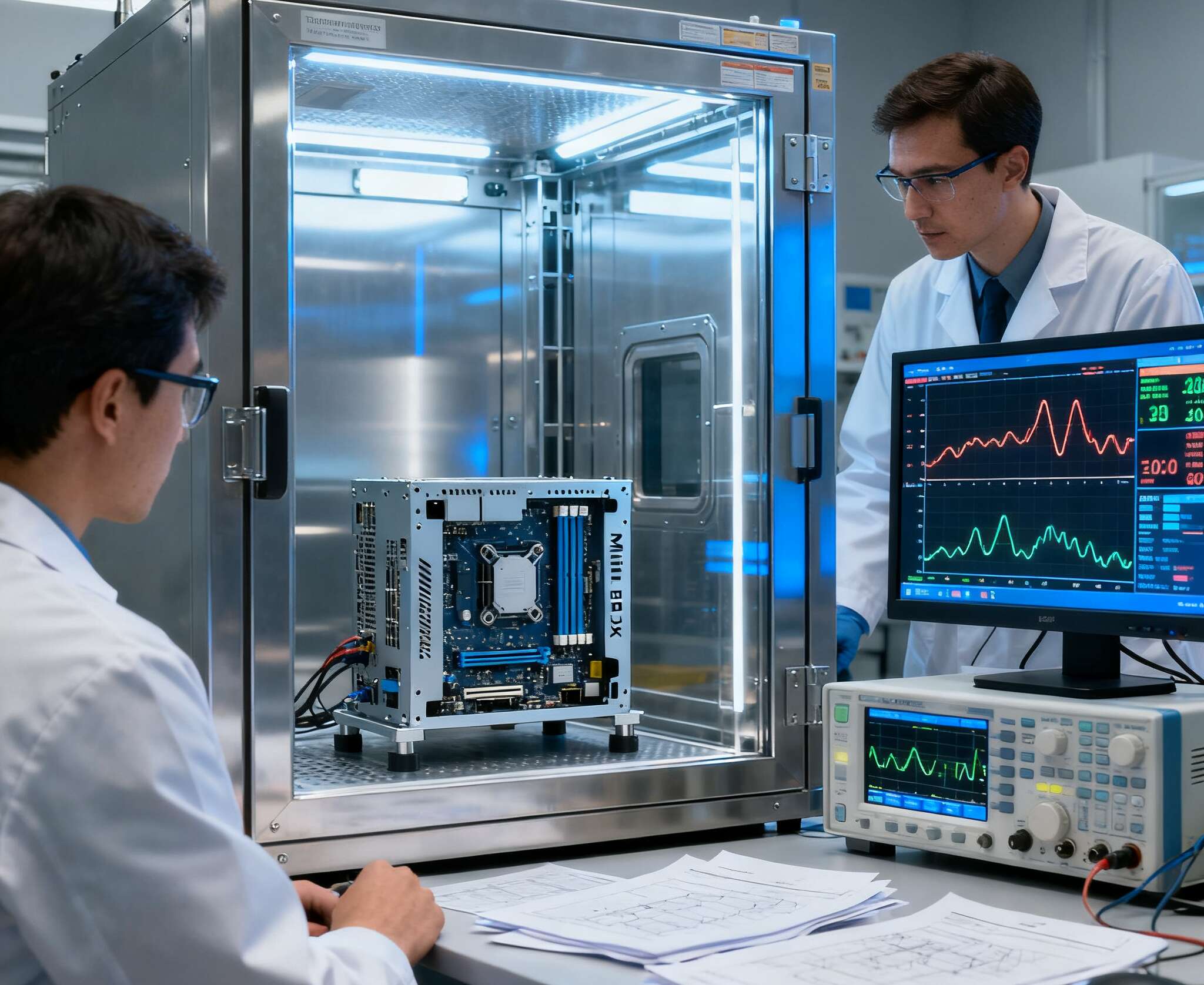
Mini-ITX industrial case: limitations (and honest trade-offs)
Single PCIe slot & I/O ceiling
By design, Mini-ITX boards (170×170 mm) typically give you one PCIe slot. Great for “one more thing”—a capture card, extra NICs, or a fieldbus. Not great for “two or three more things.” If your roadmap hints at dual-slot GPU or multiple ingest cards, you’re already nudging past Mini-ITX. At that point, consider a migration path into server rack pc case or atx server case territory (IStoneCase does both via Customization Server Chassis Service).
Thermals & acoustics at higher TDP
Compact boxes make heat density real. When you push high-end CPUs or try to shoehorn a power-hungry add-in, fans spin up and dust risk climbs. Aluminum shells help, heatpipes help, but physics is stubborn. Keep the TDP budget reasonable, bias toward front-to-back flow, and favor short cable runs that don’t block intake. If you need sustained GPU work, it’s time to step into a server pc case platform (custom layout through Customization Server Chassis Service).
Power, cabling, and field service
Tight bays mean tighter bends. Plan DC-in routes, SATA harness length, and strain relief early. Use latching headers where you can. Techs love front-access serviceability—design your build so a drive swap doesn’t need a full tear-down. When projects scale, unify the enclosure spec across sites with the ITX Case lineup to keep SKU sprawl low.
Lifecycle & variance across sites
Edge fleets live for years. Even small changes—fan model, bracket, standoff—can break a rollout. Lock your DFA/DFM, agree on MOQ, and make the chassis a stable contract item. Need a niche faceplate, a special bracket, or branding metalwork? That’s routine for IStoneCase’s Customization Server Chassis Service.
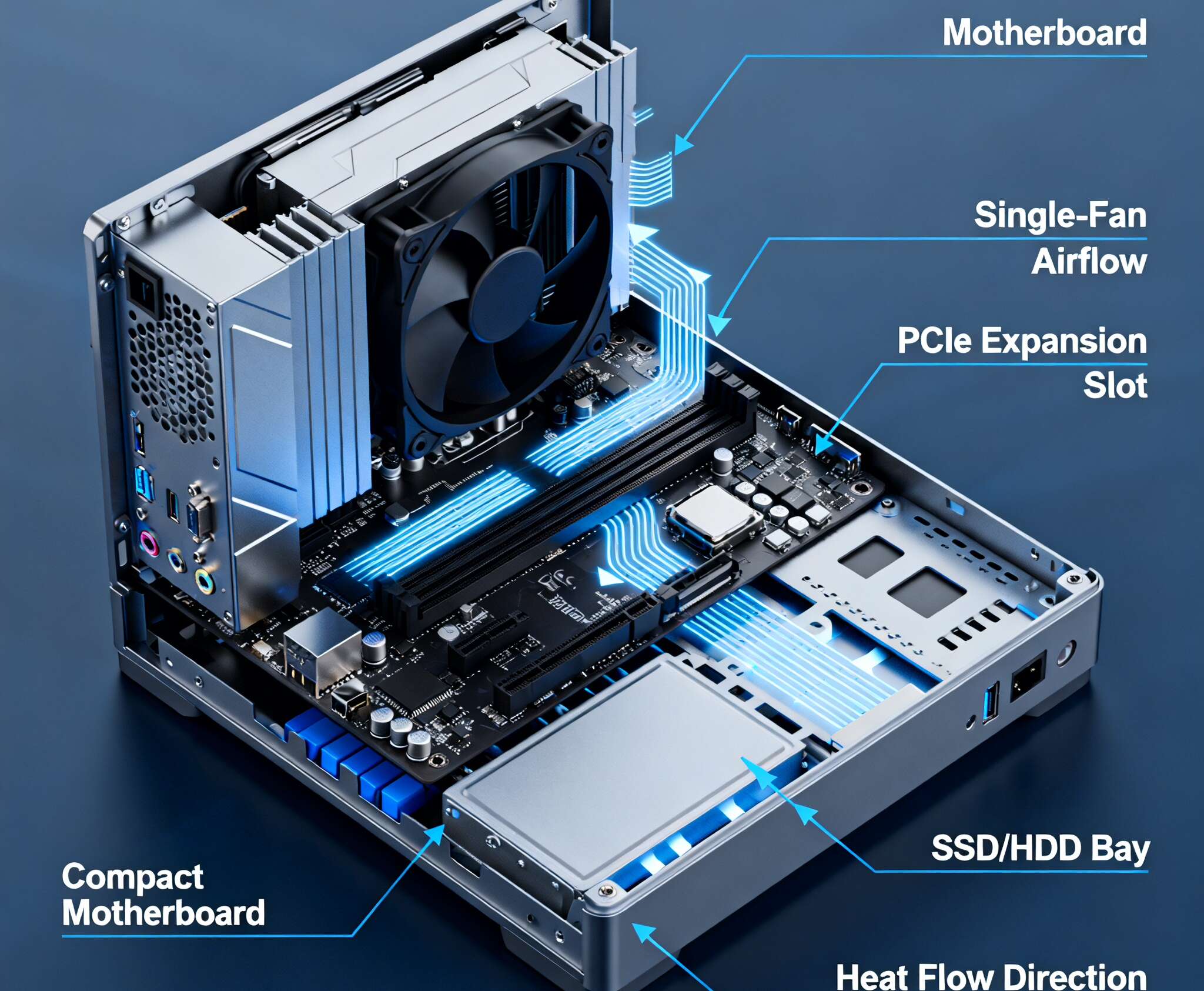
Spec-minded snapshot (quick table)
Use this as a pocket checklist when you draft the build doc. Keep it simple, ship fast, then iterate.
| Scenario | Why Mini-ITX fits | IStoneCase pick | Notes / gotchas |
|---|---|---|---|
| Digital signage / kiosks | Slim, quiet, stable BOM, easy field swap | Mini ITX Case S21 | One drive is fine; add PCIe card only if must |
| IoT edge gateway | Small footprint, Wi-Fi cutouts, dual-drive buffer | Mini ITX Case S23 | Plan DC-in, keep airflow around the VRM |
| NVR / local recording | Dual 2.5″ for mirror or cache + bulk | Mini ITX Case S25 | Watch for vibration; use rubber grommets |
| Factory HMI | Rigid shell, panel-friendly | Mini ITX Case S24 | Steel favors stiffness; check ground points |
| Multi-lane POS | Repeatable spec across stores | ITX Case | Standardize front I/O; label harnesses |
| Beyond Mini-ITX (GPU, multi-cards) | Need more slots, bigger coolers | Customization Server Chassis Service | Move up to server rack pc case / atx server case |
Build patterns that actually help in the field
- Front-to-back airflow: Keep intake clear. Don’t crush it with ribbon cables. Short, tidy looms save temps and sanity.
- Dust discipline: Edge sites get dirty. Prefer positive pressure and easy-wash filters. Aluminum shells (e.g., Mini ITX Case S23) help shed heat; steel (e.g., Mini ITX Case S24) brings rigidity.
- Drive strategy: For signage or POS, one SSD is plenty. For NVR/gateway, go two drives to separate OS and data, or mirror if your SLA says “no data loss.”
- RF and Wi-Fi: If you punch antennas through the lid, keep clearance from metal edges. Better yet, choose a chassis with proper knock-outs (see S23/S24).
- Standardize early: Pick one enclosure family (ITX Case) across sites to simplify spares, labels, and truck rolls. Small choice, big impact.
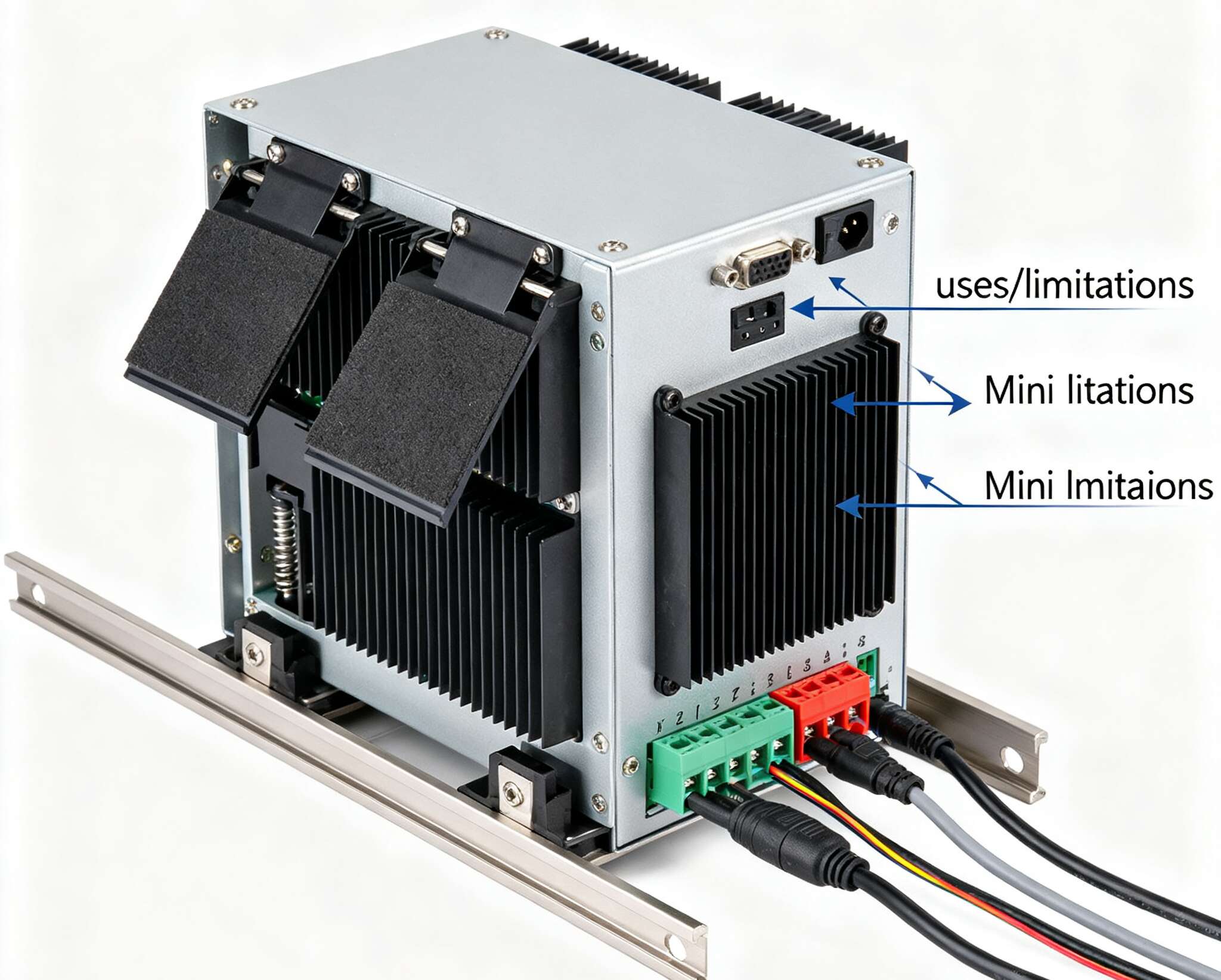
When to step up: rackmount and ATX paths
Some use-cases grow up fast: multi-NIC capture, accelerators, or dense storage. That’s where a server rack pc case or atx server case becomes the sane move. You gain more slots, bigger heatsinks, and better front-bay service. If you’re unsure, prototype both: a Mini-ITX proof and a 2U layout. IStoneCase builds both ends—ITX for the edge, and rackmount for your core. The custom line (logos, faceplates, brackets, cable kits) runs through the same Customization Server Chassis Service, so ops don’t fight two supply chains.
Also, if someone says “we can cram a big GPU in a tiny box,” don’t. You’ll chase noise, temps, and throttling, and the field team will not love it. Go with a proper server pc case plan when acceleration really matters.
Why IStoneCase here
IStoneCase focuses on reliable metalwork and repeatable builds: GPU server cases, rackmount, wallmount, NAS, and ITX. The point isn’t flashy marketing. It’s consistent sheet-metal, sane thermals, and easy service paths at scale. If you need one Mini-ITX for a pilot, grab from the ITX Case line. If you need 500 with a custom bezel and matched cable kit, the OEM/ODM team will lock your DFM and deliver. That helps data centers, algorithm shops, MSPs, researchers, even makers who just want a build that doesnt fight back.

